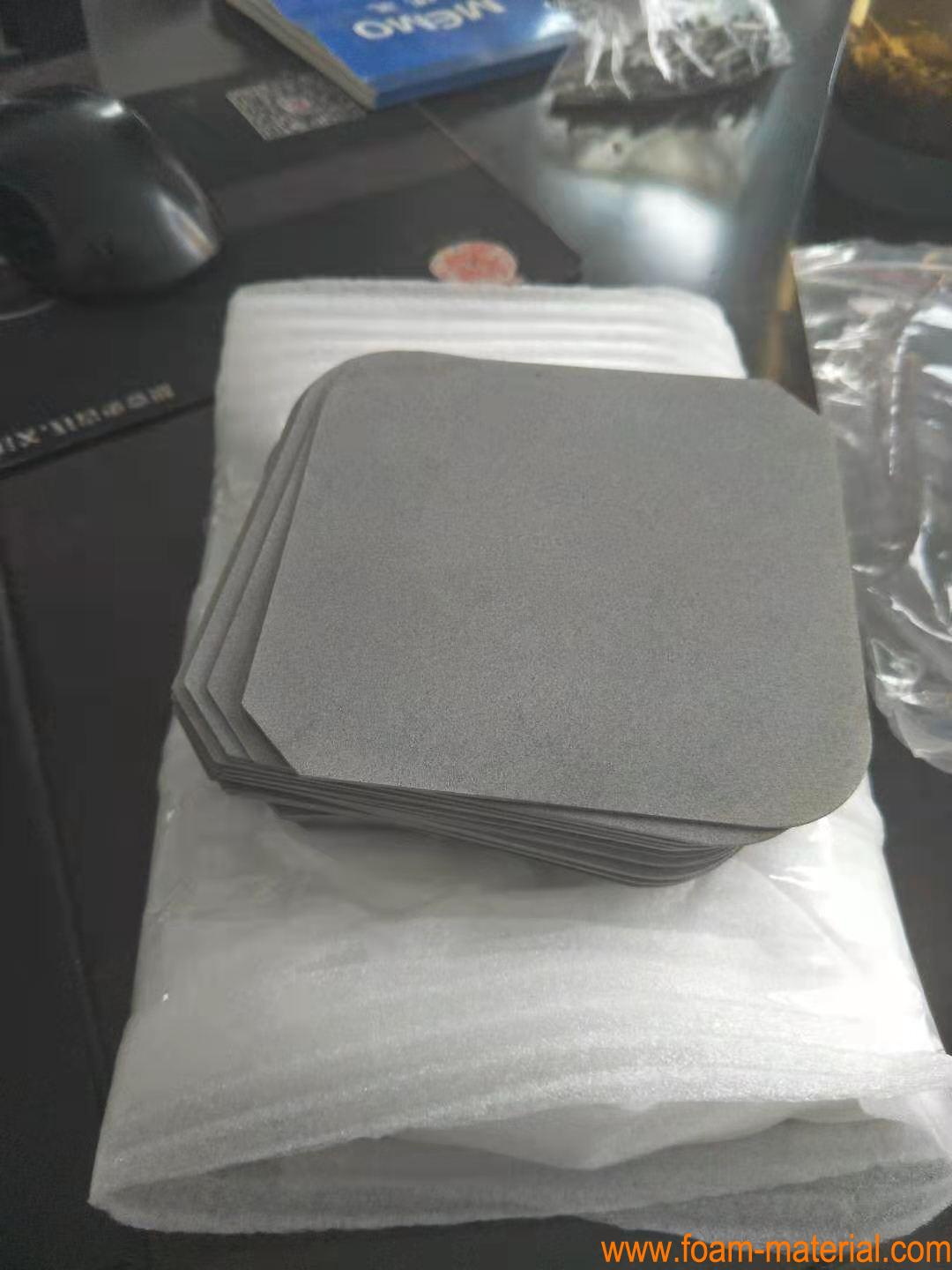SS foam refers to Stainless Steel (SS) foam, which is a porous material composed of interconnected stainless steel struts or fibers. It exhibits a unique combination of properties associated with stainless steel and the porous foam structure. Here is an overview of SS metal foam, including its properties and potential applications:
Properties:
a. Corrosion Resistance: Stainless steel foam is known for its excellent corrosion resistance, and SS metal foam inherits this property. It can withstand exposure to harsh environments and corrosive substances.
b. High Strength and Stiffness: SS metal foam possesses high mechanical strength and stiffness, providing structural integrity and load-bearing capabilities.
c. Thermal Conductivity: Stainless steel has good thermal conductivity, allowing SS metal foam to efficiently transfer heat.
d. Electrical Conductivity: SS metal foam exhibits electrical conductivity due to its stainless steel composition.
e. Porous Structure: The interconnected porous structure of SS metal foam offers additional surface area and can provide advantages in filtration, absorption, and gas or liquid flow applications.
Manufacturing Process:
The production process of 316SS foam typically involves the following steps:
a. Stainless Steel Preparation: Stainless steel is processed into a suitable form, such as sheets or powders.
b. Foaming: Various methods can be employed to introduce porosity into the stainless steel, including powder metallurgy, foaming agents, and space-holding techniques.
c. Consolidation: The foamed stainless steel precursor is then consolidated using techniques such as sintering, where heat and pressure are applied to bond the stainless steel particles.
d. Post-Treatment: Additional processes like cleaning, surface treatment, or coating may be performed to optimize the properties of the SS metal foam.
Applications:
a. Energy Absorption: SS metal foam's ability to deform and absorb energy makes it suitable for applications requiring impact resistance, such as automotive crash protection systems or protective padding.
b. Thermal Management: The high thermal conductivity of SS metal foam allows for effective heat dissipation. It can be utilized in heat sinks, heat exchangers, or thermal management systems.
c. Filtration and Separation: The porous structure of SS metal foam enables efficient filtration of gases or liquids, making it useful in applications such as filtration media, catalytic supports, and gas-liquid separation.
d. Sound Absorption: The porous structure of SS metal foam can be tailored to provide sound absorption properties, making it suitable for noise control applications.
e. Structural Components: SS metal foam can be used as lightweight structural components in industries such as aerospace, architecture, or transportation, where a combination of strength and weight reduction is desired.
SS metal foam offers a range of unique properties that make it valuable in various applications requiring corrosion resistance, thermal management, filtration, energy absorption, and structural performance. Ongoing research and development are further exploring its potential and expanding its practical uses in different industries.
12 No. 62 Yuanshan North Road, Huli District, Xiamen City, Fujian Province, China
tel :
+86-592-7296029email :
Daisy@foam-material.comCopyright © Cheap Copper Foam, Iron Nickel Foam, Titanium Foam All Rights Reserved. Powered by dyyseo.com
 Daisy@foam-material.com
Daisy@foam-material.com
